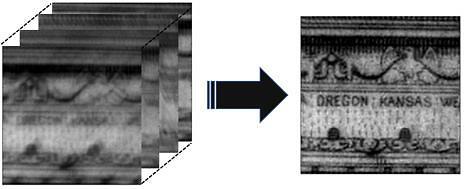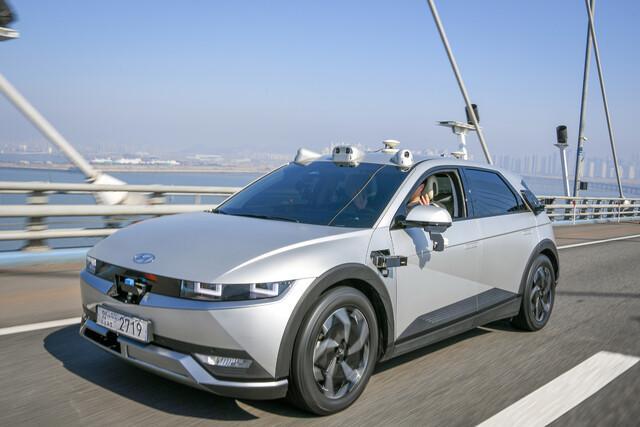
[Courtesy of UNIST]
Autonomous vehicles normally use light detection and ranging (LIDAR) sensors or cameras to detect other cars, pedestrians, and other obstacles like animals to prevent accidents. Some car makers use both types of sensors while American electronic vehicle (EV) maker Tesla only uses cameras for its EVs. LIDAR is very expensive equipment and camera modules are relatively cheaper and are easier to manage.
Digital cameras use light-sensitive sensors to receive light through lenses and convert transmitted information into digital data. Transmitted data is processed to create images. Unlike our brain, which restores distorted image information received through the retina of the eyes and process data in real-time to make people feel that they are looking at the world with an undistorted view, cameras do not have the ability to tell whether the received data is distorted. Cameras get confused when the weather is foggy and rainy, or when camera lenses are dirty.
The Ulsan National Institute of Science and Technology (UNIST) said that its biomedical engineering research team developed the "all computational" video image restoration technique that uses information hidden inside distorted images. UNIST said that the technique has the potential to become a key technology for high-quality image processing for self-driving cars.
According to the institute, various weather conditions like fog and haze unevenly bend light to create unpredictable, random distortions in images that are impossible to be processed by camera-based systems. UNIST researchers found that they were able to restore clear video images by using the statistical characteristics of the sources of random image distortions.
Because a video clip is basically a continuous stream of still images, researchers came up with an average of the randomly distorted special frequency information of short exposure images to detect where the distortions are made and process the images to visualize the original object.
"This technique can be used to actualize autonomous driving in harsh weather conditions and applied to various sectors including long-range monitoring and astronomy," UNIST researcher Park Jung-hoon said in a statement on January 5. Park said that there's always hidden information in every distorted video clip. "We can find this information to get clear video images," Park added.
The technique can also be used in the "bioimaging" sector for collecting undistorted images of soft tissues and other biomasses. Soft tissues like muscles and skin have different densities that cause serious light scattering. According to UNIST, this video image restoration technique can help researchers to non-invasively monitor various vital phenomena in the future.




